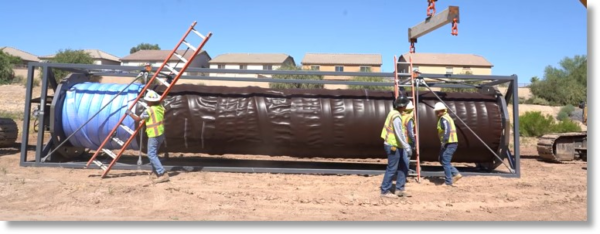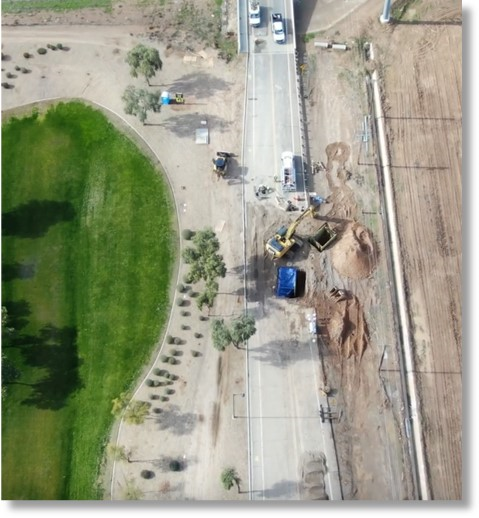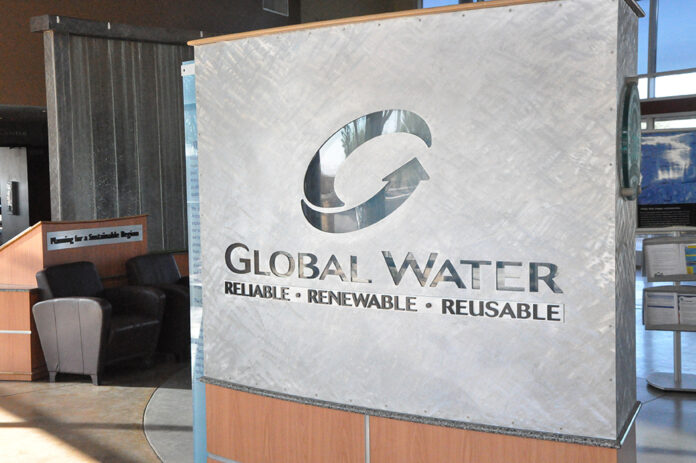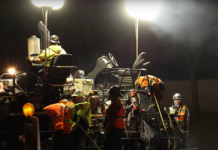In Maricopa, Global Water maintains almost 300 miles of water mains, and the number continues to grow.
All water utilities deal with water-main breaks. For example, you may have heard about Tempe’s large water-main break that closed the U.S. 60 for days last summer.
While it is not possible to eliminate all water-main breaks, steps can be taken to reduce the frequency of their occurrence. At Global Water, we recognize the frustration and inconvenience main breaks cause. We understand the community’s concern and are striving to take actions to reduce the number of breaks within Maricopa.
We think it is important to understand some of the historical issues that contribute to main failures in the city. We also want you to know the actions Global Water is taking to fix these issues.
The history of Maricopa’s water system
In the early 2000s, Maricopa started to grow rapidly. It grew so rapidly that it was among the fastest-growing, on a percentage basis, in the country. To accommodate rapid expansion of housing, large investments were made in new utilities.
Service to sections of the city were provided by Sonoran Utility Services (SUS), which was not affiliated with Global Water. Unfortunately, SUS struggled to accommodate the rapid growth. Within the SUS service area, homes were being sold and homeowners were moving into homes, but SUS had not finished constructing their wastewater treatment facility. Additionally, SUS’s water did not meet federal and state safe drinking-water standards.
 SUS also installed miles of water mains that were not constructed properly. The state of the SUS utilities resulted in the need for emergency action. Maricopa, Arizona Department of Environmental Quality and Arizona Department of Water Resources asked Global Water to take over services on an emergency basis.
SUS also installed miles of water mains that were not constructed properly. The state of the SUS utilities resulted in the need for emergency action. Maricopa, Arizona Department of Environmental Quality and Arizona Department of Water Resources asked Global Water to take over services on an emergency basis.
Ultimately, the SUS water and wastewater infrastructure was acquired and fully integrated into Global Water’s utilities. While most of the issues that created the emergency declaration have been fixed, the improper water-main construction has continued to be problematic.
 Actions taken by Global Water
Actions taken by Global Water
Over the years, sections of water mains installed by SUS have failed repeatedly. To mitigate failures on water mains known to have a high failure rate, Global Water has implemented a multi-year program to install water-main liners to reinforce problematic water mains. Four liner projects have been completed to reinforce problematic water mains. A fifth project is scheduled for early 2023. The fifth project will reinforce the water main under Honeycutt Road from Hartman Road to Rose Road.
Lining problematic water mains is not always a viable option for the repair of poorly constructed water mains. Global Water continues to analyze and evaluate solutions to reduce the failure rate on other problematic water mains.
Nearly all water-main breaks have been associated with polyvinyl chloride pipe. PVC is among the most common materials used in water-main construction. Several years ago, Global Water revised our design standards and now require ductile iron pipe for all new water-main installations. The ductile iron pipe is wrapped to protect from corrosion. Ductile iron pipe has a very long life and is less susceptible to catastrophic failures often associated with PVC water mains.
Additionally, Global Water has purchased specialized pressure-monitoring equipment to track water-system dynamics. The equipment specializes in identifying potential causes of system pressure spikes, called transient pressures, which can cause water-main breaks.
Data provided by this specialized equipment led to a project that will optimize the sequencing of large water distribution pumps. This project also will include installation of specialized equipment that allows pumps to start and stop more slowly, thus reducing rapid pressure spikes or drops within the distribution system.
While water-main breaks will occur periodically, our goal is to reduce the frequency. We commit to continually evaluating the water system in Maricopa and the effectiveness of the solutions being implemented. With rapid growth, system dynamics will change, but we commit to continuing to find solutions to reduce water-main breaks.




![Shred-A-Thon to take place tomorrow An image of shredded paper. [Pixabay]](https://www.inmaricopa.com/wp-content/uploads/2024/03/shredded-paper-168650_1280-218x150.jpg)












![Shred-A-Thon to take place tomorrow An image of shredded paper. [Pixabay]](https://www.inmaricopa.com/wp-content/uploads/2024/03/shredded-paper-168650_1280-100x70.jpg)

they need to reduce their rates……H2O extortion at its finest
That’s great! I would guess that improving the water quality would help a lot too. Global Water in Maricopa is the hardest water I’ve ever experienced.